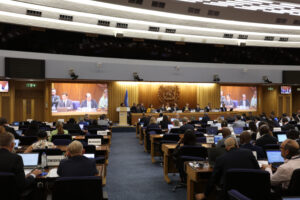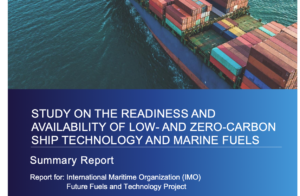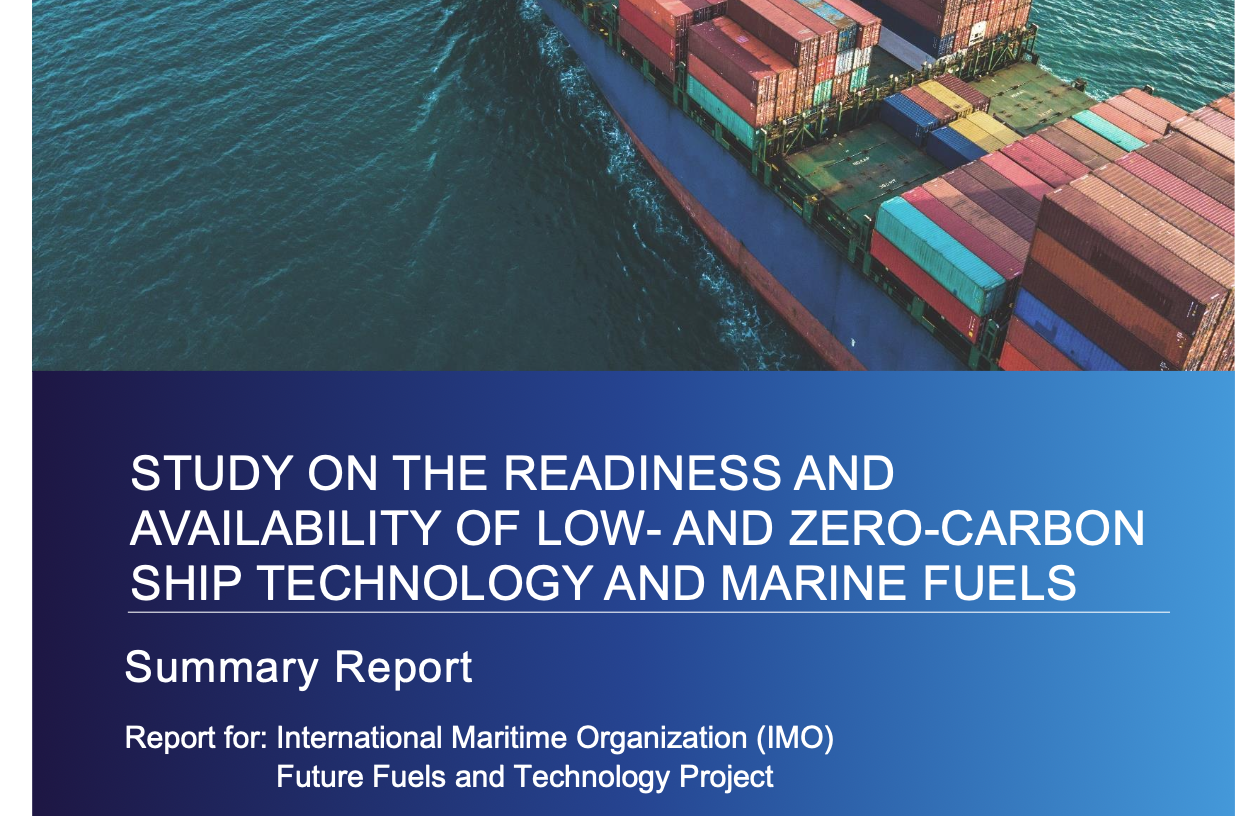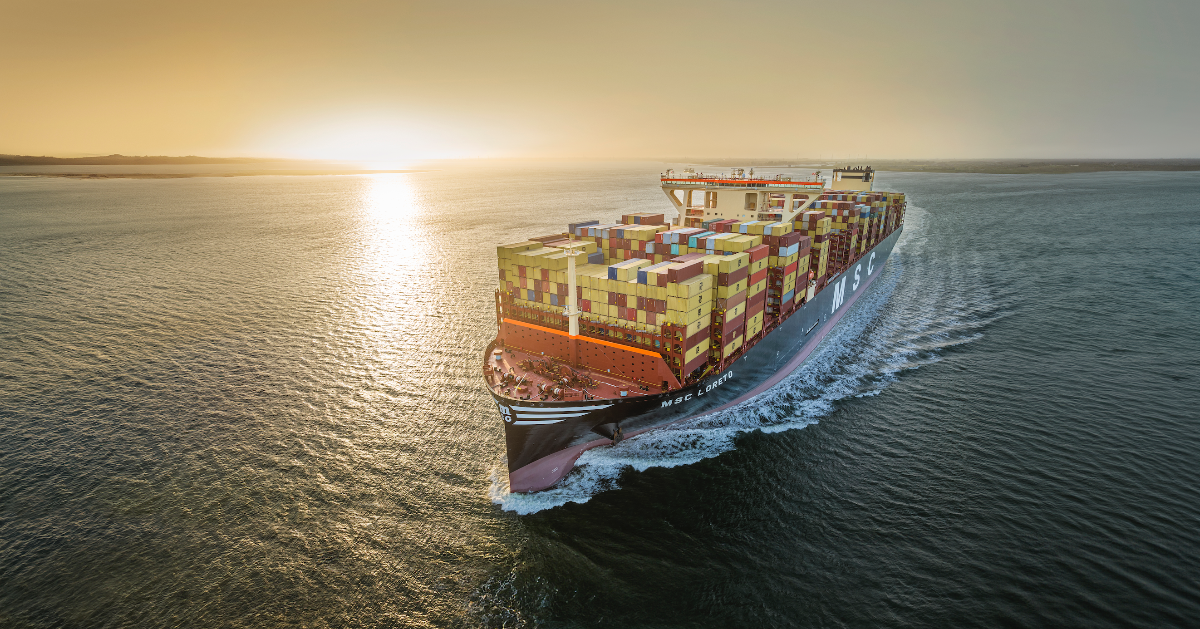Price signalling is needed ahead of market take up of news fuels
A new report on technology and fuel availability for shipping’s decarbonisation journey has highlighted the growing amount of experience being gathered in the industry as regulators prepare to meet in London at the end of June to agree to a new potentially stronger ambition and roadmap.
The study on the readiness and availability of low and zero carbon ship technoogy and marine fuels is a timely check on where international shipping is in terms of testing new ideas, fuels and in rolling out the required infrastructure for these fuels.
It has been made public as the next greenhouse gas intercessional working group is about to meet in London at the end of June, the week before what many people are calling the most important marine environment protection committee meeting, MEPC 80.
Amongst the report findings are that there are now at least 48 identified port infrastructure projects in the world, some under the Green Corridors label, and that many of the energy efficiency technologies, such as wind assist systems, are beginning to realise a level of maturity and acceptance.
The report comes from the IMO, having been funded by South Korea under the Future Fuels and Technology Project, and it was compiled by UK consultancy Ricardo and DNV.
The report has examined the three pathways to Decarbonisation that are largely being talked about at the IMO and will likely form a part of the revised IMO strategy, namely the initial IMO strategy where emissions are 50% of the 2008 emissions baseline by 2050 (i.e. the equivalent of 397M tons of CO2 every year, the 80% reduction, which would be 159M tons a year and reaching zero emissions.
The barrier to using new fuels is not going to be technology, but more likely price and market appetite and fuel price signalling.
The development of fuel suppliers capable of producing sufficient green fuels has led to the observation that there may be a future shift away from a few main bunkering hubs and to a more diverse supply market. This is partly due to the future fuels (methanol, ammonia and hydrogen) having a much lower energy density than fossil fuels and therefore vessels will have reduce range and more frequent bunkering needs.
It has also been noted that some fuels will be able to use existing bunkering infrastructure, while others will need new bunker infrastructure to be built.
More ships more experience
One telling note in the report is how more shipyards are gaining experience in building or retrofitting vessels with new technologies onboard. There is time, the report concludes, for shipbuilders to ramp up capacity and to supply energy efficiency technologies, onboard carbon capture plants and energy converters into newbuilding’s and through retrofits.
While onboard Co2 capture technologies are being developed and referenced in the report, it is noted that the technology is likely to come with high capital costs, with a broad range of between 25% to 70% increase in vessel capital costs depending on capture rate and vessel type.
The capital cost for carbon capture are higher than some future fuels, hence the greater barrier to adoption.
Fuels such as biodiesel, e-diesel and e-methane are seen as drop in fuels so will have little or no extra vessel capital costs, fuels like ammonia and methanol will have, according to the report a capital cost similar to the deployment of LNG as a fuel, which given the acceptance of LNG as a fuel suggests this capital cost increase is not a barrier.
The difference though will be in the fuel cost itself, especially given differing fuel densities. Fuel can account for more than half the annualized costs, but the authors of the report note how shipping has managed to accommodate huge price variations in recent decades, and that increased prices in future fuels can be dealt with. The barrier is more the lack of clear picture of when and by how much fuel prices could change.
“Assessing the future prices of conventional fuel and of candidate fuels is highly uncertain. However, our meta- analysis of others’ price forecasts, and taking into account the fuel cost saving from increased energy efficiency measures, suggests that many of the candidate fuel prices (on an energy content basis) are forecast to lower to within a doubling of the forecast VLSFO by 2050”.
The authors also note how the introduction of a carbon price or other market influence could reduce this difference even further.
More related news

Shipping’s emission levy ‘dead in the water’? Not yet

Outcomes of IACS Council’s 87th Session

US and Swiss legislators move on shipping emissions

A roadmap checkup ahead of MEPC 80

Aronnax: standards, nurdles, corridors and men


GCMD selects Lloyd’s Register for LCO2 offloading concept study



































